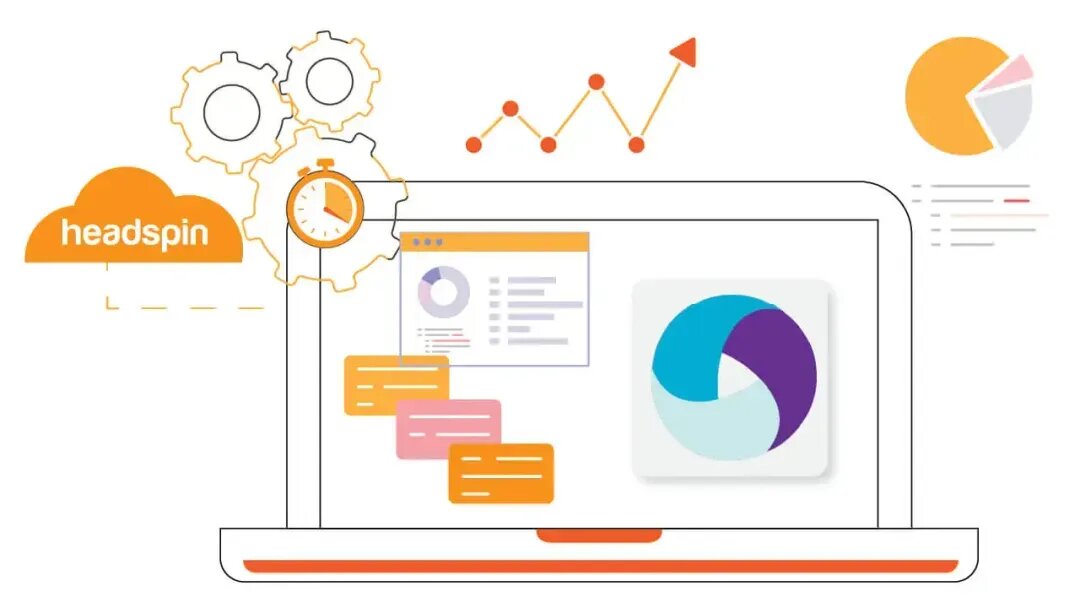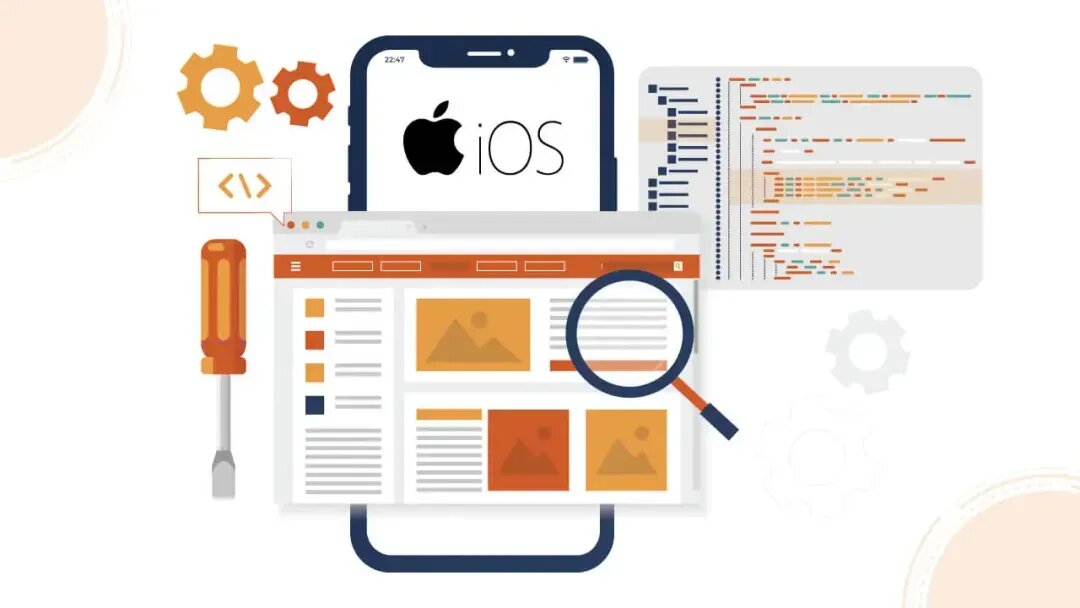Are you tired of manually copying and pasting data from websites? Do you want to know how businesses gather large amounts of data quickly and efficiently? Enter web scraping, the process of extracting data from websites using specialized tools. In this blog post, we’ll delve into what scraping is, its benefits for businesses, and explore some popular price and web scraping tools. So buckle up as we take a deep dive into the world of web scraping!
What is scraping?
Scraping is the process of extracting data from a web page or other online source. Scraping can be done manually, but it is often done using a tool that automates the process.
There are many reasons why someone might want to scrape data from a web page or other online source. They may want to collect data for research purposes, to monitor prices on a website, or to track changes in content on a website over time.
There are many different tools available for scraping data from websites. Some of these tools are designed for specific purposes, while others are more general purpose.
What are the benefits of scraping?
When it comes to web scraping tools, there are a number of benefits that make this technique worth considering. First and foremost, web scraping can help you gather data at a much faster pace than traditional methods. This is especially useful if you need to gather large amounts of data in a short period of time.
Another benefit of web scraping is that it allows you to automate repetitive tasks. For instance, if you need to gather data from the same website on a daily basis, you can set up a scraper to do the job for you. This can save you a lot of time and effort in the long run.
Finally, web scraping can also be used to bypass paywalls or other restrictions that might be in place on certain websites. By using a scraper, you can access the data that you need without having to worry about any barriers.
What are some of the best scraping tools?
There are a number of great scraping tools available to help you extract data from websites. Some of the best include:
-Web Scraping API: This web scraping software allows you to turn web pages into data with the click of a button.
-Webhose.io: Webhose.io provides access to structured and real-time data from hundreds of thousands of sources, including news, blogs, and forums.
-Octoparse: Octoparse is a free web scraping tool that makes it easy to grab data from websites without having to write any code.
-Scrapy: Scrapy is an open source web scraping framework written in Python that allows you to easily extract data from websites.
How to use scrapers effectively
There are a few key things to keep in mind when using scrapers effectively:
1. Make sure your scraper is well-designed and robust. A good scraper will be able to handle a large amount of data without crashing or losing data.
2. Choose your scraping target wisely. Not all websites are created equal – some are much easier to scrape than others. Do your research beforehand to make sure you’re targeting a website that can be easily scraped.
3. Use the right tools for the job. There are a variety of scraping tools available, so it’s important to choose the one that best suits your needs. For example, if you’re looking to scrape data from a website that has a lot of AJAX, you’ll need a tool that can handle that kind of data.
4. Don’t be afraid to experiment. Scraping can be a bit of an art, so don’t be afraid to experiment with different techniques and tools until you find what works best for you.
What are the best scraping tools?
There are a few different web scraping software on the market. Some are better than others. Here is a list of some of the best scraping tools:
1. import.io
2. Scraper API
3. Octoparse
4. Kimono Labs
5. ParseHub
6. Mozenda
7. Data Miner
Scraping tutorials
There are a number of tutorials available online that can help you get started with web scraping. These tutorials provide step-by-step instructions on how to use various web scraping tools to extract data from websites.
Some of the most popular web scraping tutorials include:
• How to Use Web Scraping Tools to Extract Data from Websites
• Introduction to web scraping software
• An Overview of Web Scraping Techniques
• Getting Started with Web Scraping
price & web scraping tools.”
The different types of scraping
There are many different types of scraping. Some common methods are:
-Using a web browser to save the contents of a web page to your local hard drive. This is sometimes also referred to as screen scraping or web harvesting.
-Downloading a web page’s content using a command line tool such as wget or cURL.
-Using a dedicated web scraping tool or service. There are many different options available, both free and paid.
-Writing your own custom code to extract data from websites. This is usually only necessary if you need to scrape data that is not easily accessible through one of the other methods.
How to scrape effectively
There are a few key things to keep in mind when scrape effectively:
1. Know your goal. What information are you trying to collect? What format do you need it in? Answering these questions will help you determine the best approach to take.
2. Choose the right tool for the job. There are a variety of web scraping tools available, so make sure to select one that fits your needs.
3. Follow the website’s rules and guidelines. Most websites have terms of service that you should be aware of before starting to scrape data.
4. Be prepared to deal with errors and missing data. Not every scraped page is going to be perfect, so it’s important to have a plan for dealing with missing or incorrect data points.
conclusion
In conclusion, scraping is a process of extracting data from sources that are not intended to be accessed or used in the way that you are using them. Price scraping is a particular type of web scraping that refers to the process of extracting pricing information from websites. There are many different tools available to help you with web scraping, ranging from simple online tools to more complex software programs.
Visit home


 Business1 year ago
Business1 year ago
 Tips & Tricks2 years ago
Tips & Tricks2 years ago
 Law1 year ago
Law1 year ago
 Technology2 years ago
Technology2 years ago
 Lifestyle1 year ago
Lifestyle1 year ago
 Tech1 year ago
Tech1 year ago
 Technology2 years ago
Technology2 years ago
 Business1 year ago
Business1 year ago






